

Sumo, a traditional sport that Japan takes pride in.
Through its history and culture, we will introduce the timeless appeal it holds.Sumo, a traditional sport that Japan takes pride in.
We will introduce its history, culture, and timeless appeal.
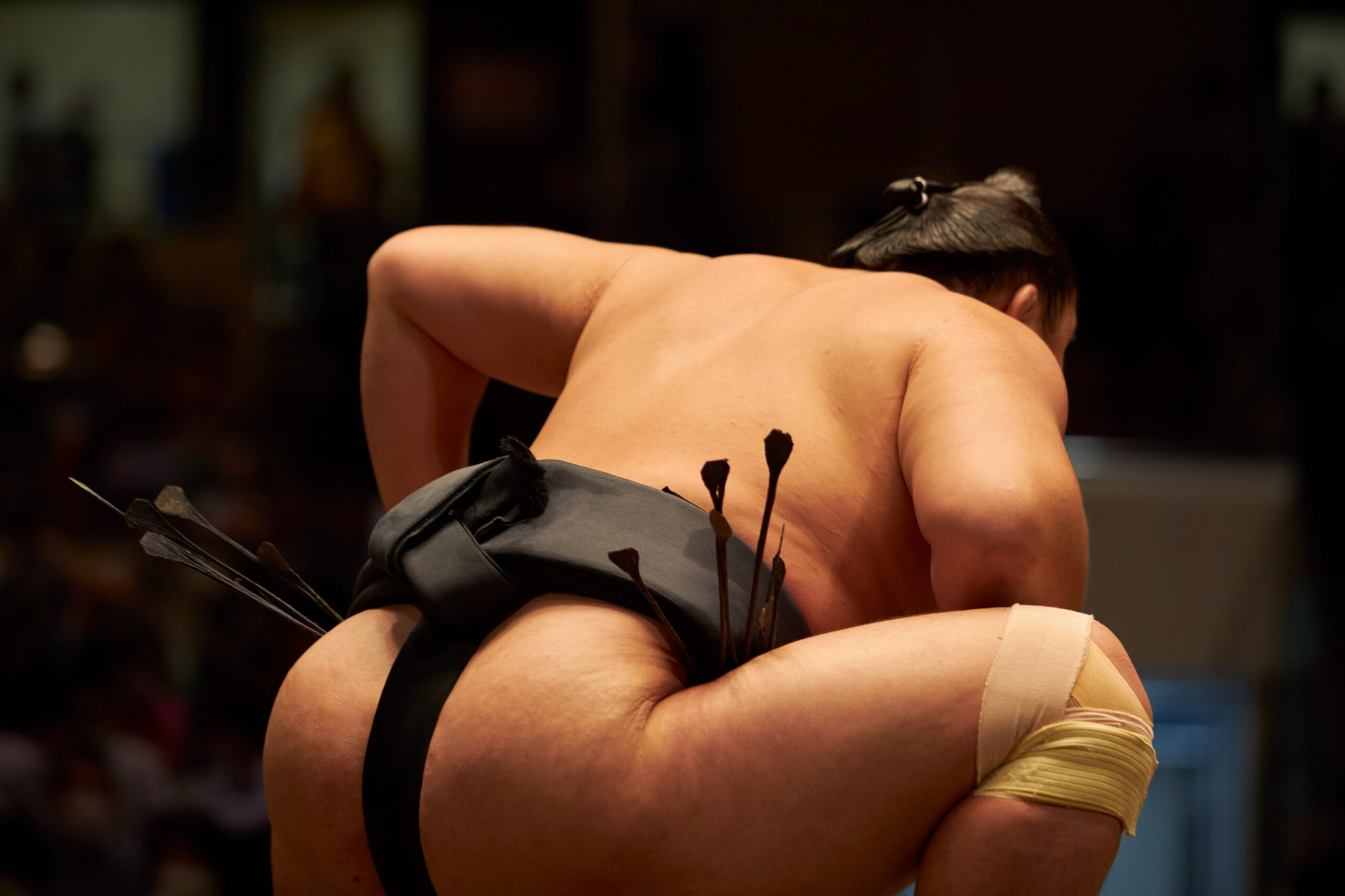
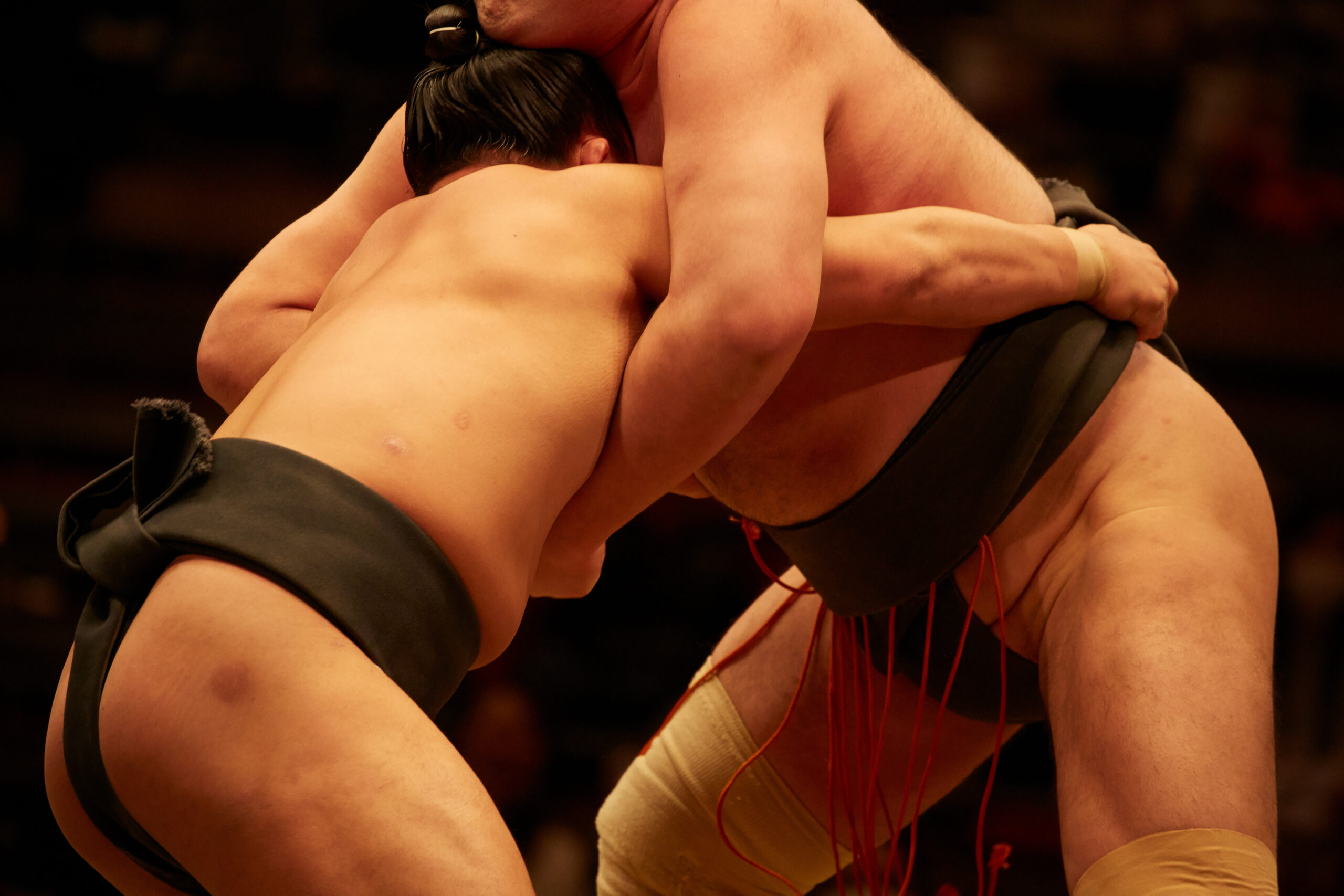
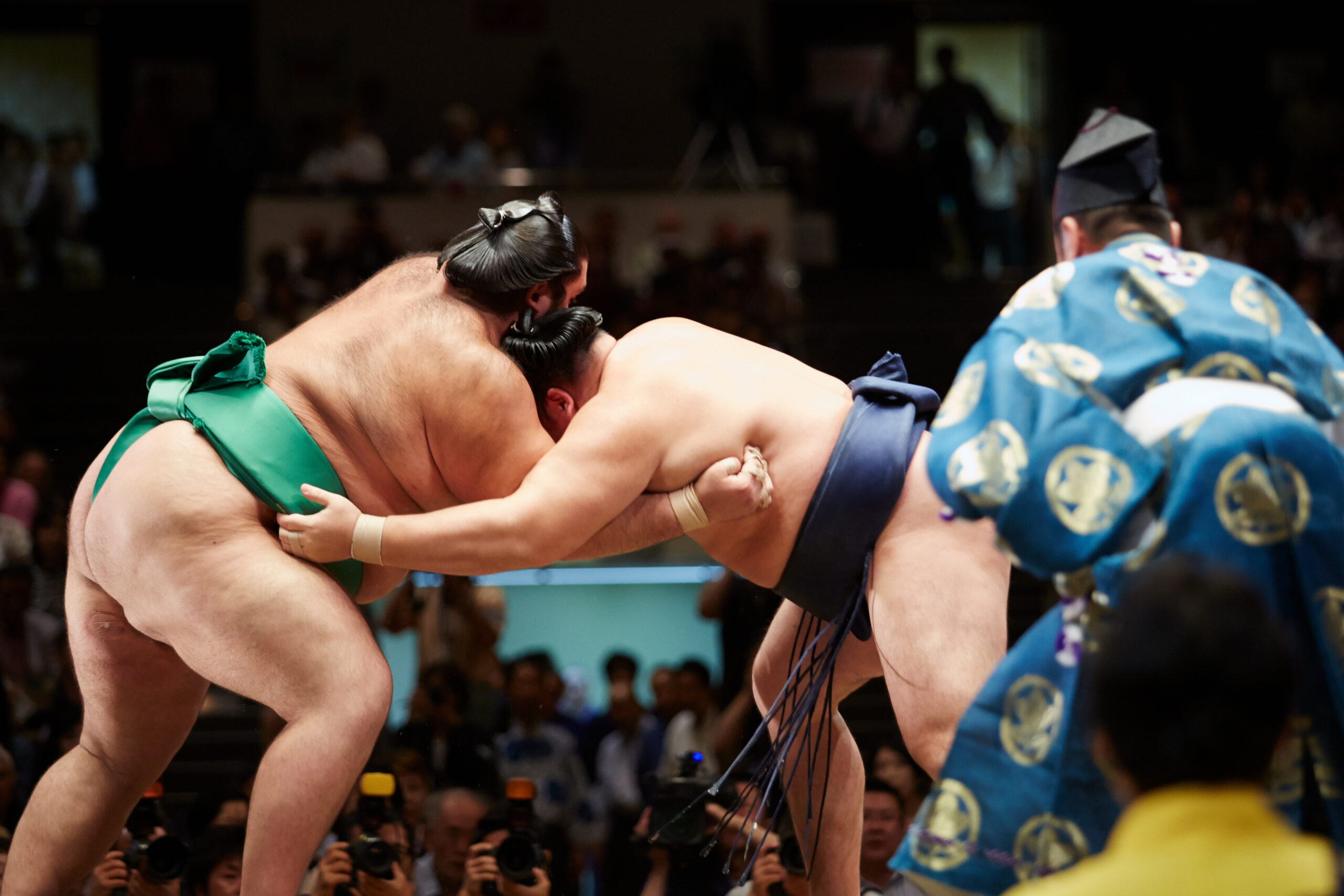
Sumo is a traditional Japanese sport with a very ancient history. It originally began as a ritual to pray for a bountiful harvest, held at shrines where competitors would engage in contests of strength as part of an offering to the gods.
As time passed, sumo gradually became a practice among the imperial court and samurai, evolving into a structured competition. By the Edo period, the form of sumo that we recognize today was established, and regular tournaments began to take place. Sumo during the Edo period developed into a popular sport, attracting large audiences who came to watch the powerful matches.
Today, sumo is widely beloved as Japan’s national sport. Not only is it popular within Japan, but it has also gained international appeal, with people all over the world enjoying its charm. Sumo is not just a sport, but a symbol of Japanese culture, emphasizing values such as etiquette, respect, and a sincere attitude toward competition. Through sumo, one can experience Japan’s spirit and traditions.
With its long history, sumo continues to evolve and remains beloved by many as an integral part of Japanese culture.

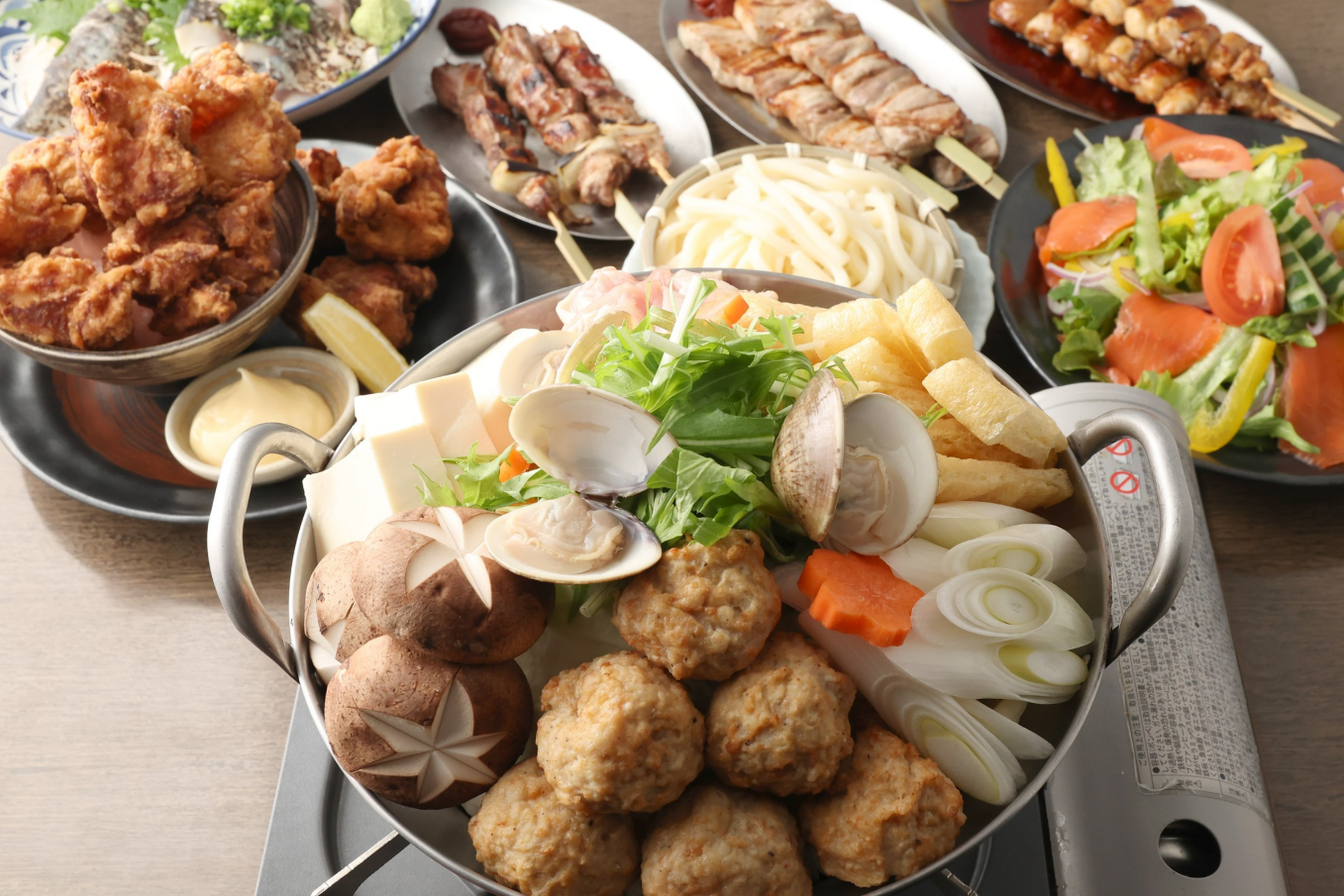
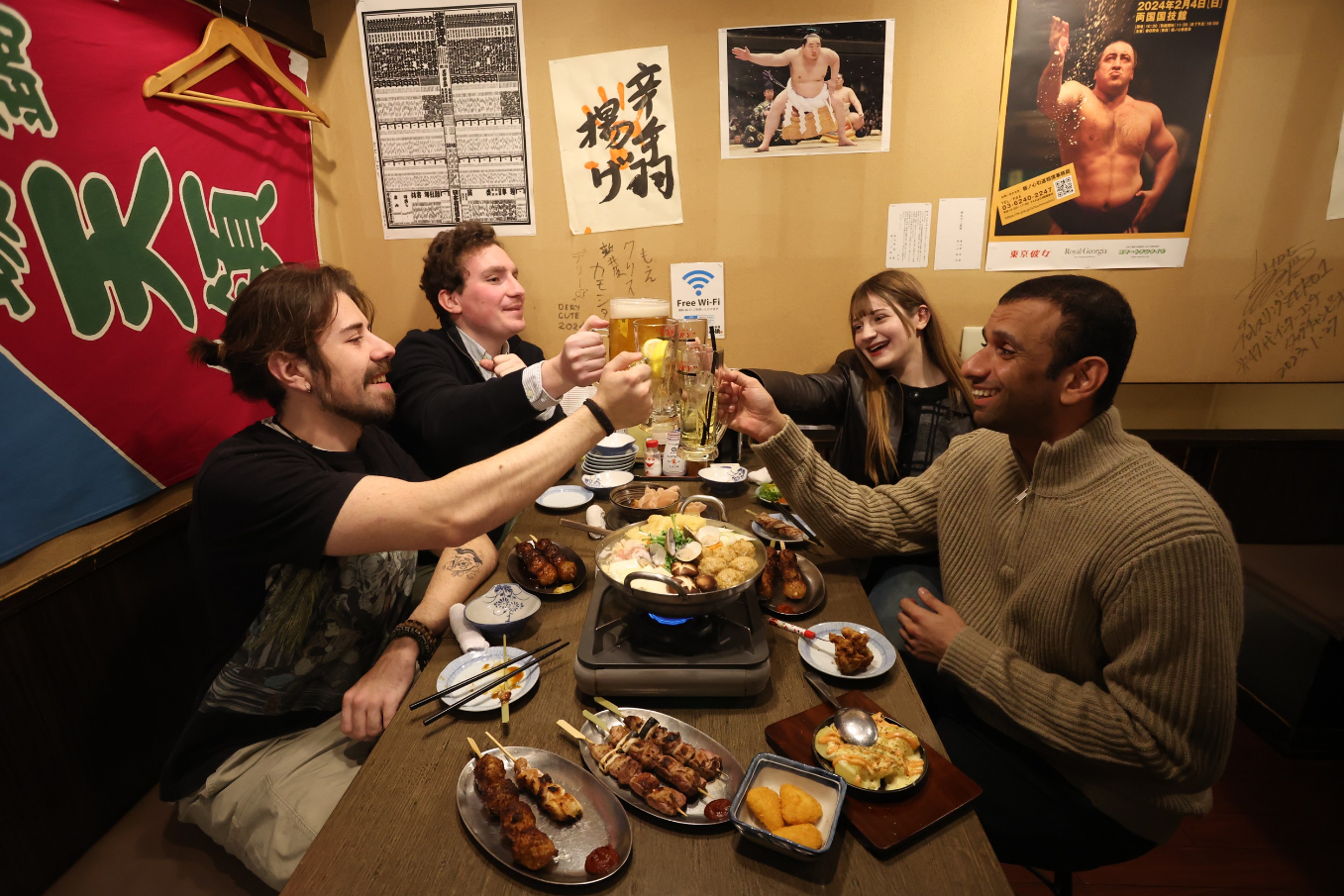
The origin of Chanko Nabe dates back to the Meiji period. Originally, “chanko” referred to the shared meals between a sumo wrestler’s master, known as “oyaji” (father), and the disciples, who were treated like children. The term “chanko” comes from the combination of “chan” (father) and “ko” (child), referring to the act of sharing a meal together. This food culture, which embodies a bond similar to that of a parent and child, became a nutritious and essential part of sumo wrestlers’ diet.
Chanko Nabe is made by cooking a variety of ingredients, such as seafood, meat, and vegetables, all in a large pot at once. This process brings out a rich umami flavor, making it both high in nutrition and an indispensable meal for building the strength of sumo wrestlers. In the past, there was a custom of avoiding beef and pork, as these meats came from four-legged animals, which were believed to symbolize “falling down” or “losing.” This was done to avoid negatively influencing the wrestlers’ fortunes in the ring.
Each sumo stable has its own unique seasoning, passed down through generations, carrying the history and traditions of that stable. At Tenryo, we cherish this tradition of Chanko Nabe and offer an authentic taste made with carefully selected ingredients. By enjoying this dish with your family and friends, you will experience the joy and connection that has been enjoyed in sumo stables for generations.
Chanko Nabe is not just a meal; it is a special dish that allows you to feel the spirit and bonds rooted in the world of sumo. We invite you to experience the sumo wrestlers’ culinary culture for yourself.